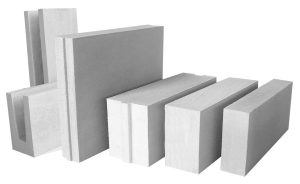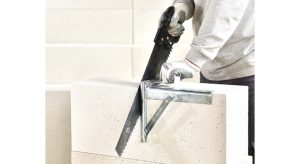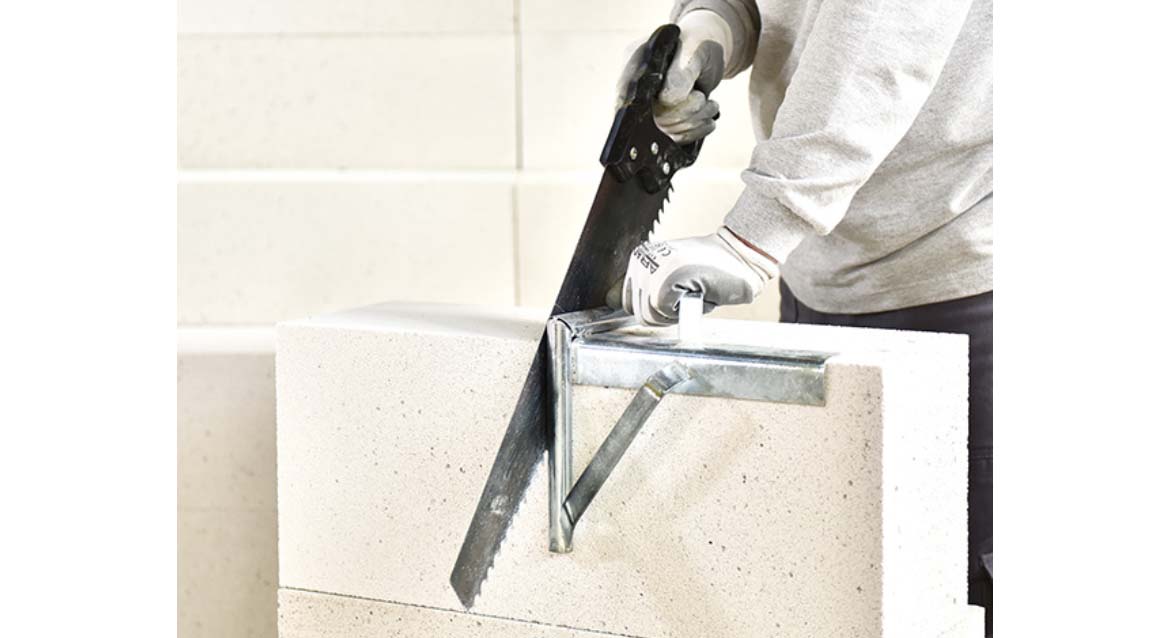Introduction:
Achieving precise and efficient cuts in AAC (Autoclaved Aerated Concrete) blocks is crucial for any construction project. This guide provides a comprehensive overview of the best practices for AAC block cutting, focusing on the use of the Abay AAC Saw.
1. Choosing the Right Tool for AAC Block Cutting:
The foundation of successful AAC block cutting lies in selecting the appropriate saw. The Abay AAC Saw, with its specialized tooth design, offers:
- Minimal Dust Generation: Reduces airborne particles for a cleaner work environment.
- Smooth and Clean Cuts: Ensures a professional finish.
- Durable and Long-Lasting Material: Provides reliability for extended use.
While electric AAC saws are suitable for large-scale projects, manual saws like the Abay AAC Saw offer greater control and precision.
2. Preparation Process for AAC Block Cutting:
Before commencing the cutting process, consider these essential steps:
- Measurement and Marking: Accurately measure and mark the cutting area using a guideline.
- Stable Surface: Secure the AAC block on a stable surface to prevent movement.
- Personal Protective Equipment (PPE): Wear a mask, goggles, and gloves to minimize dust inhalation and protect yourself.
3. Cutting Techniques with the Abay AAC Saw:
- Straight Cuts:
- Position the saw on the marked line.
- Apply light pressure and use slow, steady strokes.
- Avoid sudden pressure to prevent material cracking.
- Angle Cuts:
- Determine the cutting angle and mark it using a bevel.
- Begin cutting slowly and with control.
- Use support for cleaner angle cuts.
- Thick AAC Block Cuts:
- Lightly cut the top surface first.
- Gradually deepen the cut in layers.
4. Common Mistakes and Solutions in AAC Block Cutting:
- Error: AAC block breakage during cutting.
- Solution: Avoid abrupt movements and cut in layers.
- Error: Uneven, wavy cuts.
- Solution: Maintain patience and control; use a bevel or ruler for accurate alignment.
- Error: Excessive dust generation.
- Solution: Use specialized saws that minimize dust and dampen the cutting area.
5. Preparing AAC Blocks for Use After Cutting:
After cutting, smooth the edges with sandpaper or a rasp. This enhances surface smoothness and improves adhesive bonding.
Extra Tip: Recycle AAC block dust by using it in mortar mixes.
Conclusion:
The Abay AAC Saw delivers cleaner and more precise cuts. By implementing the correct techniques, you can achieve efficient and high-quality workmanship in your construction projects.
SEO Optimization Recommendations:
- Keyword Integration:
- Incorporate keywords like “AAC block cutting,” “Abay AAC Saw,” “aerated concrete cutting,” and “construction tools” naturally throughout the content.
- Header Tags:
- Use H1 for the title and H2/H3 for subheadings to improve readability and SEO.
- Image Optimization:
- Use high-quality images with descriptive alt text containing relevant keywords.
- Internal and External Links:
- Include links to the Abay Testere website and reputable sources in the construction industry.
- Meta Description:
- Create a compelling meta description that includes relevant keywords and encourages clicks.
- Mobile Responsiveness:
- Ensure the blog post is mobile-friendly.
-

Large and sharp teeth, specially designed for AAC block cutting, enable you to cut the material more smoothly and quickly.
Call to Action:
- Encourage readers to contact Abay Testere for professional cutting experiences.
Example of a Meta Description:
“Learn professional AAC block cutting techniques with the Abay AAC Saw. Discover tips, solutions, and best practices for clean and precise cuts. Contact us today!”
By implementing these strategies, your blog post will be both informative and optimized for search engines.


